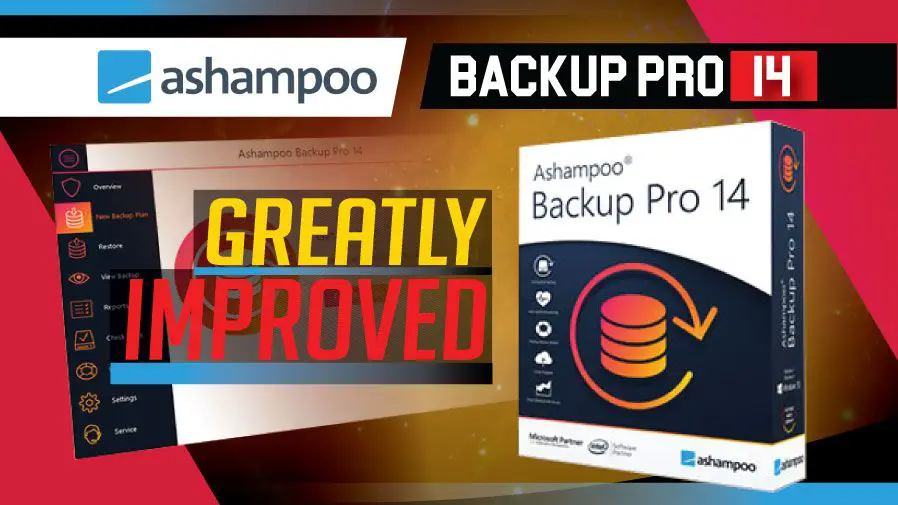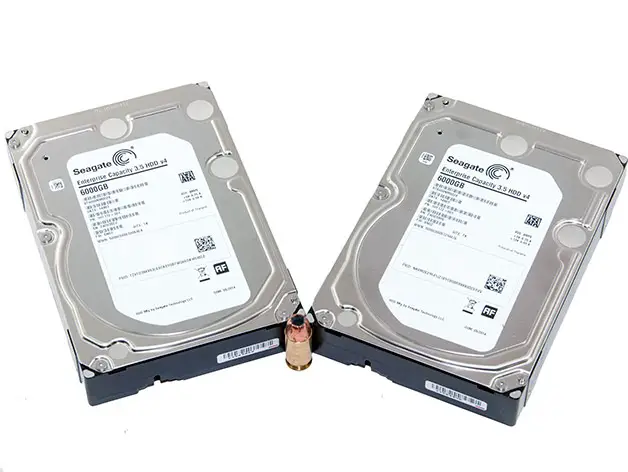![]()
The shipping container is pretty much classic Silicon Power. That is to say informative, moderately attractive (in a conservative fashion) and allows you to actually see the device you are paying for before you open the box.
![]()
All in all it is a good shipping container that may lack high levels of protection afforded the device inside, but does more than compensate for this shortcoming in other areas.
![]()
As expected from a device that costs noticeably less than the average ‘1TB class’ SATA external storage solution the included accessories are sparse. In total you will find a very nice, if a bit short, USB Type-C to Type-A braided cable, and a installation/instruction pamphlet. This is more than ‘good enough’ for its price class but the lack of value-added software does somewhat hobble the PC60 series in the overall value department.
![]()
If there was ever a chassis design that screams ‘CAD designed with CNC machining in mind’ the PC60 is pretty much it. Those Matryoshka styled 1/4inch wide squares are classic examples of what you end up with when you use a CNC Vertical Milling Center with a quarter inch ball nose end mill. Anyone with access to even a basic CNC router can get these gorgeous looking lines in mere moments. In fact, getting such details when working with plastic injection molding is harder than it is with a CNC milling machine. Obviously at some point in the design process the PC60 was meant to be a metal clad model. One meant to compete with say LaCie in the drop dead gorgeous and protection categories.
![]()
Sadly, even with the increased difficulty of production taken into account, this idea was dropped and Silicon Power pivoted their focus on a different corner of the market. Basically, instead of making a 3 bill SSD external storage model they made a 1bil(ish) model so as to appeal to a wider swath of the buying public. On the one hand this is a shame as this would have been a great looking external storage model. On the other… they probably will sell ten times as many units at the PC60’s price point vs what they metal proto-type PC60 would have. It would also have significantly increased the weight of the PC60 series from a svelte 46grams to the 100-300 gram (depending on alloy and thickness used) weight range.
On the gripping hand… plastic is nowhere near as durable as even the cheapest Chinesium alloy. Put bluntly, thin thermo-molded plastic has the relative protection abilities of a wet noodle compared to metal. This is why you will see zero mention of any IP water or dust protection. You will see almost no mention of any drop protection. You will never, ever see any mention of crush protection with the PC60 series… as it has none. With that said, the Silicon Power PC60 can indeed be dropped from your hand or off your desk and it should (assuming Mr. Murphy is not around) just bounce with nothing more than a bit of cosmetic damage. Thus, for most users, the use of plastic is not overly concerning. It would have just needlessly added to the cost with little tangible, real-world benefits… for most people and most scenarios.
![]()
The same holds true for lack of protection certifications. If you are hard on your portable storage devices, or tools in general, then the PC60 probably will not be a great fit. Of course, with an asking price less than the typical Seagate alternative (which is also less than optimal in the protection category) it still may be worth your time. You can afford nearly three of these units vs. one LaCie. It really will come down to how you feel about ‘treat it like a fungible good’ vs ‘buy once, cry once’ philosophies. Also noteworthy is the integrated lanyard. If used this feature will reduce the chances of accidentally dropping this device. If you are accident prone… we strongly encourage you to use this nifty included feature.
![]()
We have a sneaking suspicion that the controversial change from alloy to plastic was rather late in the design stages… and happened only after the exterior designers looked at the interior design team’s specs. Put simply, the PC60 is not going to wow or impress performance enthusiasts who demand performance and not just elegance from their devices. Even the typical consumer can take one look at this sparsely populated PCB and see that cutting-edge performance was not high on the list of priorities.
![]()
First and foremost, is the PC60 not only uses a SATA controller, albeit a modern one, it uses a DRAM-less controller. The SMI 2259XT is the same controller that Silicon Power uses in their A55 lineup and while the latest and greatest gen from Silicon Motion, the lack of onboard RAM cache has proven to limit small file, and random I/O performance. In testing, the performance it offers is pretty decent for a SATA based USB storage drive, but we would have preferred a beefier alternative – even if it would have added a couple dollars to the overall build cost. Thankfully, Silicon Power has paired it to a decent USB to SATA bridge controller – the ASMedia ASM235CM, a controller used in many a external storage device over the years.
The next give away on performance was not a high priority is the grand total of one 3D NAND IC on the PCB (29RO8T2AWCTJ for those interested in specifics). Single ICs are usually only seen in ‘thumb drive’ and small capacity models. The 960GB PC60 is neither. It may only be a svelte 80mmx80mm… but that is still larger than even a M.2 to USB adapter (let alone tiny thumbnail sized flash drives) which usually make use of two (or more) NAND ICs. There was absolutely no reason beyond lowered build cost to use only one NAND IC on this model. It could have used eight and yet we highly doubt Silicon Power will ever release an 8TB variant.
![]()
Thankfully, as the SM2259XT is a 4-channel controller (and basically a refreshed 2258XT with better ECC and data protection), this is a multi-die package NAND IC so every channel on the controller is populated with good interleaving (i.e. multiple dies worth of NAND per channel). On the downside, stacking the dies this high does increase heat retention as the surface area for cooling is greatly reduced vs. multiple IC configurations. Even external drives which are not run hard for extended periods of time may thermally limit… and why the prototype stage PC60 design was most likely clad in metal. In other words, plastic is not a good thermal conductor and since the lone NAND IC is not attached to the chassis via a heat-pad this device will thermally limit if pushed hard.
To put this another way, the internals of the Silicon Power PC60 are very, very similar to that of an ADATA SC680 external drives series. Albeit with a different PCB and slightly different design philosophy when it comes to stacking NAND die packs. This is not necessarily a bad thing, as portability was paramount. We just take issue with the implementation of the PC60’s design.










